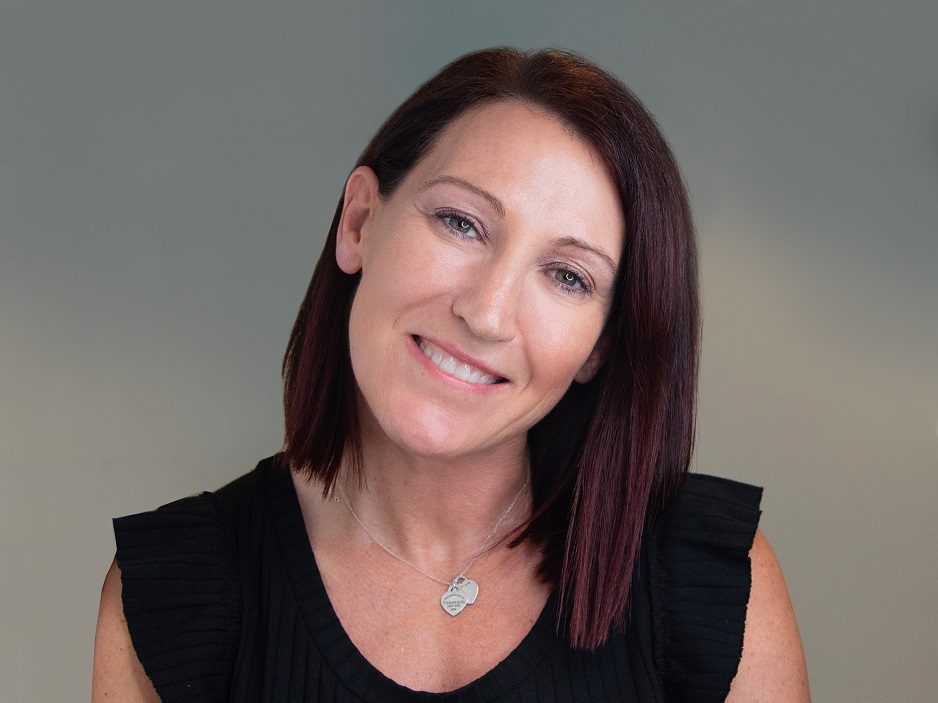
Discussions around menopause are increasing with far more exposure given to the topic in mainstream media. It’s incredibly positive to see a natural stage of life finally being normalised, and brands are crucial in developing the conversation. Worldwide, one billion women are estimated to be experiencing menopause by 2025. While there are lots of statistics emerging from Europe and the US, we do not have specific figures yet that show the number of women going through menopause in the UAE. What we do know though is that Dubai’s female population aged between 35-64 has grown from 91,273 in 2005 to 362,472 in 2021. This represents a significant rise in menopausal women looking for education, support, and tailored health and wellness solutions. No wonder then that companies are catching on to the massive opportunity this target market represents – one that’s valued at USD 16.9 billion globally.
Are you in Riyadh on May 31st? Do you want to meet the movers and shakers in Saudi media, marketing and advertising? Would you like the latest information and insights into the industry in KSA? Then join us for our Campaign Saudi Briefing 2023: Talent and Technology. Click here to learn more and register.
However, there have been accusations of ‘meno-washing’ with critics seeing some efforts as purely sales-driven rather than a genuine attempt to improve health outcomes. It’s not easy for brands to navigate the segment and hit the right mark. But, if they’re serious about creating change, they need an authentic approach based on in-depth understanding.
One of the reasons women struggle with their menopause journey is the culture of silence around it. It wasn’t talked about, resulting in secrecy, embarrassment and shame. They were left feeling isolated, unrepresented and effectively invisible. Gen M’s Invisibility Report found that 94% of women thought they would benefit from society being more open to discussing menopause. 94% also said they would appreciate brands being more inclusive by catering better to menopausal women.
Now companies are introducing products, launching campaigns, and highlighting their menopause offering, it definitely helps to increase awareness and reduce the stigma. There has been an influx of things like menopause-friendly herbal supplements, beauty, skincare, and clothing ranges hitting the shelves. Plus, names like Boots, Marks & Spencer, and Holland & Barrett have started labelling and grouping them in specific sections of their store, ensuring they are clear and easy to find. Whereas not that long ago, women would have been self-conscious browsing for period products, those days have gone; the same change in attitudes will only happen if retailers get behind the menopause in a similar way.
Even though things are improving, 87% of Invisibility Report respondents still think that mid-life women are overlooked by society and only 39% believe it’s obvious what and where menopause products are. If women want more to be done, why are some companies facing criticism for cashing in?
It’s a savvy marketer’s job to spot opportunities and capitalise on new trends. There will always be those jumping on the bandwagon as preferences evolve. You only have to look at the number of products championing gluten-free, paleo, and keto credentials to see how cultural forces translate into profits. It’s not about blaming retailers for demonstrating good business sense. Things start to get complicated when there’s no real substance behind the association. Or not enough thought is given to representing the reality of consumers.
For example, labelling supplements that may help to alleviate menopause symptoms isn’t necessarily an issue, but women don’t want to pay more for an old product in new packaging. In the case of face creams marketed specifically towards menopausal women, there is an understandable expectation that they have been formulated based on adequate research. Bigger brands may have the budget for R&D but smaller ones might not have the evidence to back up bold claims. While it’s down to consumers to be smart and educate themselves, women deserve solutions they can trust in a market that has been overlooked and underfunded for too long.
Another area of contention is how advertising depicts menopausal women. Perimenopause and menopause usually occur between 45 and 55, with the average menopause age being 51. These are cool, smart, savvy, and successful women who want to embrace what life has to offer. Yet much of the imagery remains old-fashioned, reinforcing the menopause means old age message. There’s no quicker way to alienate an audience with massive spending power, one that Forbes called ‘super consumers’ than diminishing their confidence further. Marketing clothes made from breathable fabrics might be a well-meaning attempt to help with hot flushes – that doesn’t mean forgetting fashion and style.
Most women would support any efforts to increase awareness as long as those efforts endeavour to reflect customers as they really are. That means giving them more options to enjoy life and feel empowered.
One of the most effective ways for brands to make a positive impact is by researching and speaking to menopausal women through different channels. Gathering information about how these target customers feel, what they want, and what they’re missing is fundamental to engaging them and seeing what needs to be done differently. Another huge area is education. Many women don’t understand what’s happening to their bodies and why, which means brands can make a significant contribution to closing the knowledge gap by shining a light on symptoms and creating informative, science-backed content.
Like any social responsibility initiative menopause marketing should be strategic, relevant, and thoughtful as we work towards achieving a more equitable, inclusive society where everyone feels seen.
Images: Supplied (The PR Company)









